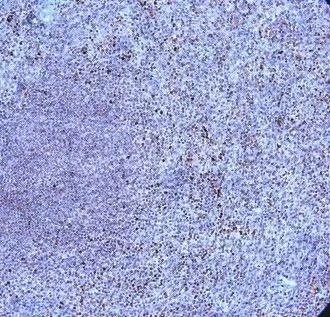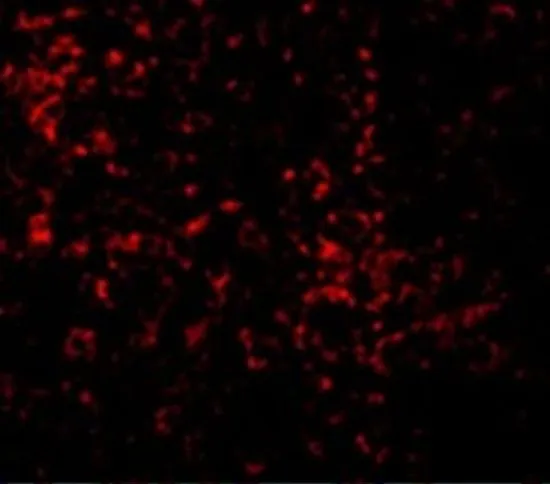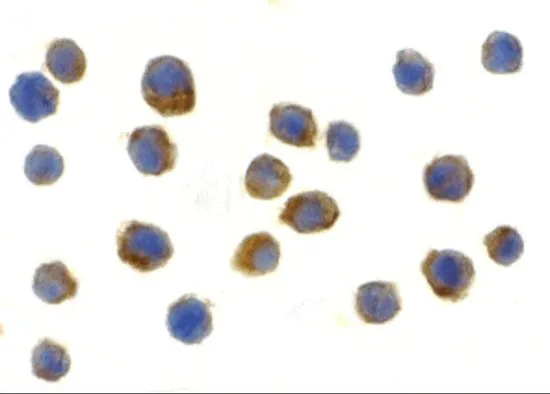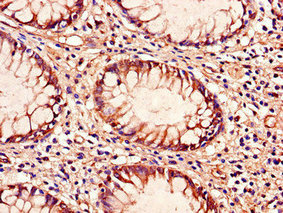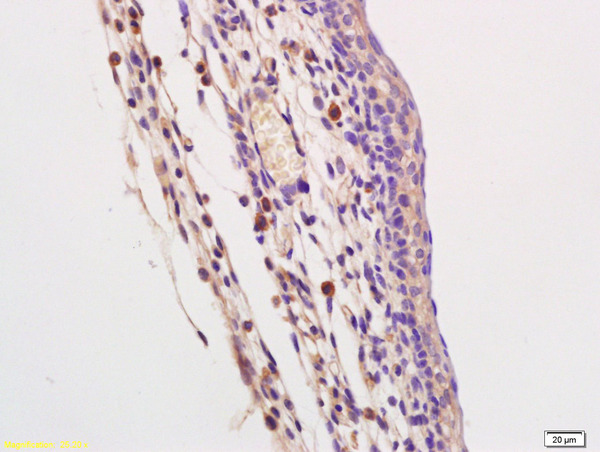TLR9 antibody [5G5]
GTX76032
ApplicationsFlow Cytometry, Western Blot, ImmunoHistoChemistry, ImmunoHistoChemistry Frozen, ImmunoHistoChemistry Paraffin
Product group Antibodies
TargetTLR9
Overview
- SupplierGeneTex
- Product NameTLR9 antibody [5G5]
- Delivery Days Customer9
- ApplicationsFlow Cytometry, Western Blot, ImmunoHistoChemistry, ImmunoHistoChemistry Frozen, ImmunoHistoChemistry Paraffin
- CertificationResearch Use Only
- ClonalityMonoclonal
- Clone ID5G5
- Concentration0.1 mg/ml
- ConjugateUnconjugated
- Gene ID54106
- Target nameTLR9
- Target descriptiontoll like receptor 9
- Target synonymsCD289; toll-like receptor 9
- HostMouse
- IsotypeIgG2a
- Protein IDQ9NR96
- Protein NameToll-like receptor 9
- Scientific DescriptionThe protein encoded by this gene is a member of the Toll-like receptor (TLR) family, which plays a fundamental role in pathogen recognition and activation of innate immunity. TLRs are highly conserved from Drosophila to humans and share structural and functional similarities. They recognize pathogen-associated molecular patterns (PAMPs) that are expressed on infectious agents, and mediate the production of cytokines necessary for the development of effective immunity. Studies in mice and human indicate that this receptor mediates cellular response to unmethylated CpG dinucleotides in bacterial DNA to mount an innate immune response. [provided by RefSeq, Aug 2017]
- Storage Instruction-20°C or -80°C,2°C to 8°C
- UNSPSC12352203

